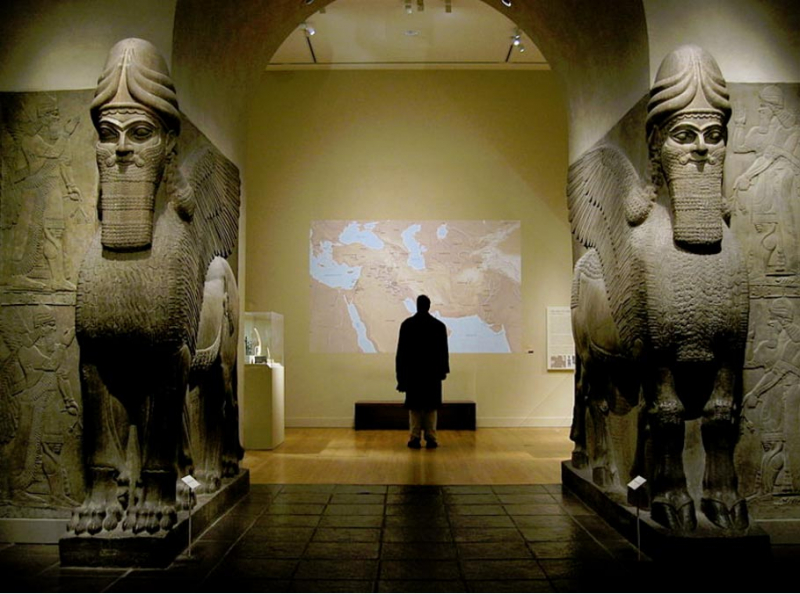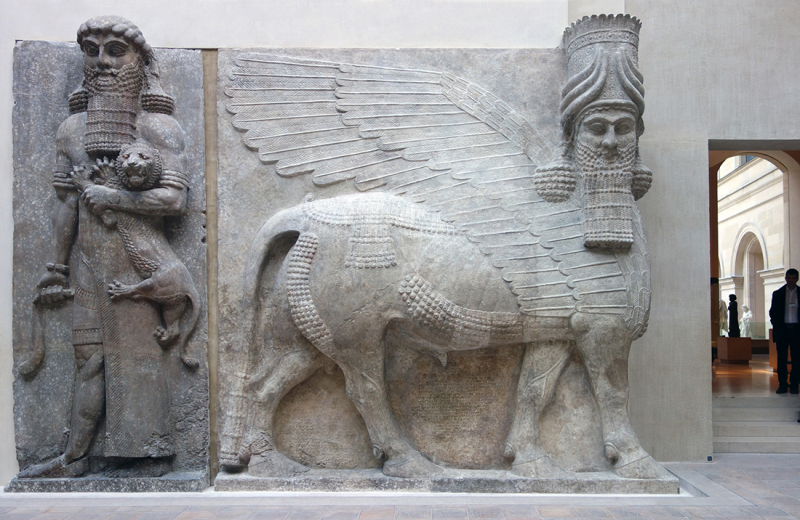Lamassu
The lamassu were guardian deities in Mesopotamian mythology who had human heads, lion or bull bodies, and bird wings. The lamassu guarded temples and palaces in much the same way that Chinese guardian lions, lion dogs, and dragons did in order to safeguard the safety of the king and priests and the protection of prayers. Most people relate the visage of the lamassu to the features of Mesopotamian kings or priests. They have a long, square-ended beard that is curled and is worn with a tall hat with a flat top, resembling a miter. People frequently connect the face of the lamassu with the kings of Mesopotamia, much like we think of King Tut or the Sphinx as representative of ancient Egypt.
As the protectors of the temples and the entrances to the gods, the majority of the lamassu figures that have survived are huge and formidable. At Sargon II's temple in Khorsabad, northern Iraq, the most famous pair of lamassu stands significantly higher and wider than the people. The fact that these bull- or lion-bodied guardians frequently have five legs is another intriguing aspect about them. These human-animal hybrids, like the Lamassu, often appeared in pairs and served as guardians against supernatural forces from without. Its five legs can be seen from either the front, where it is shown standing firm with two legs planted against a threat, or from the side, where it is shown advancing against evil with four long, powerful legs.










